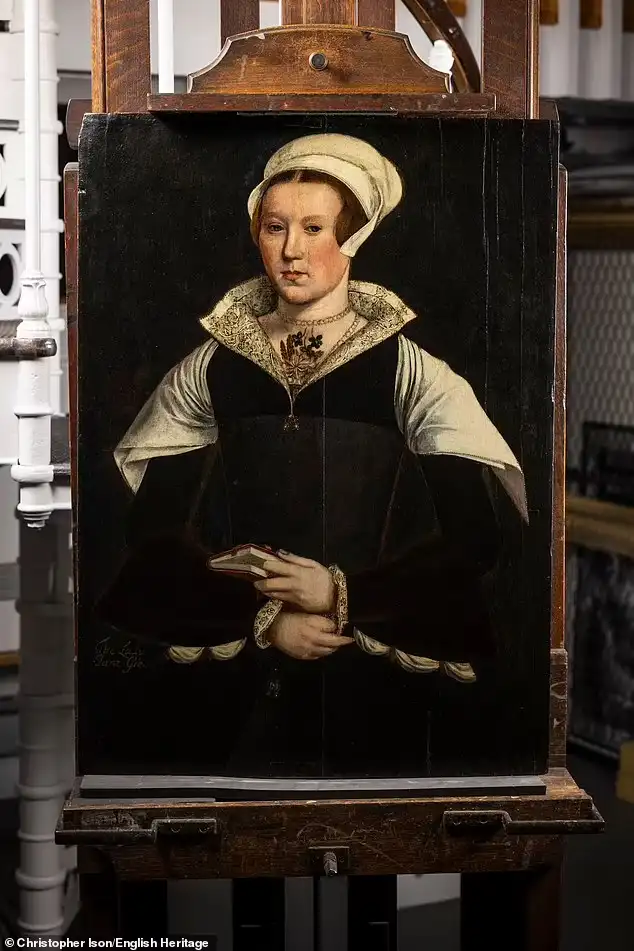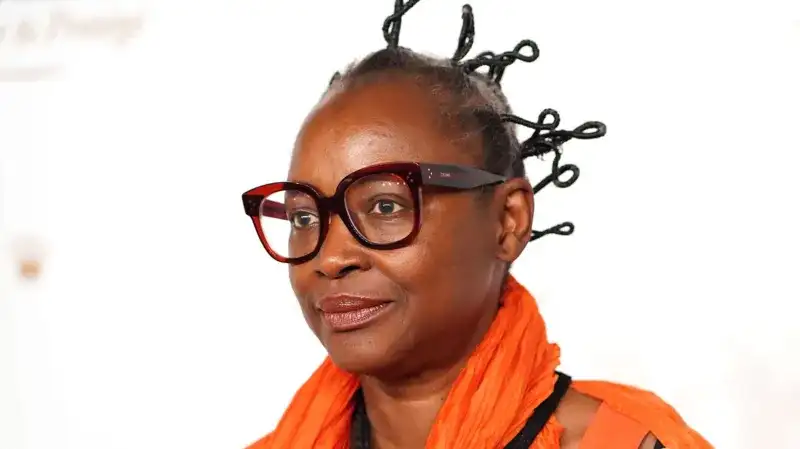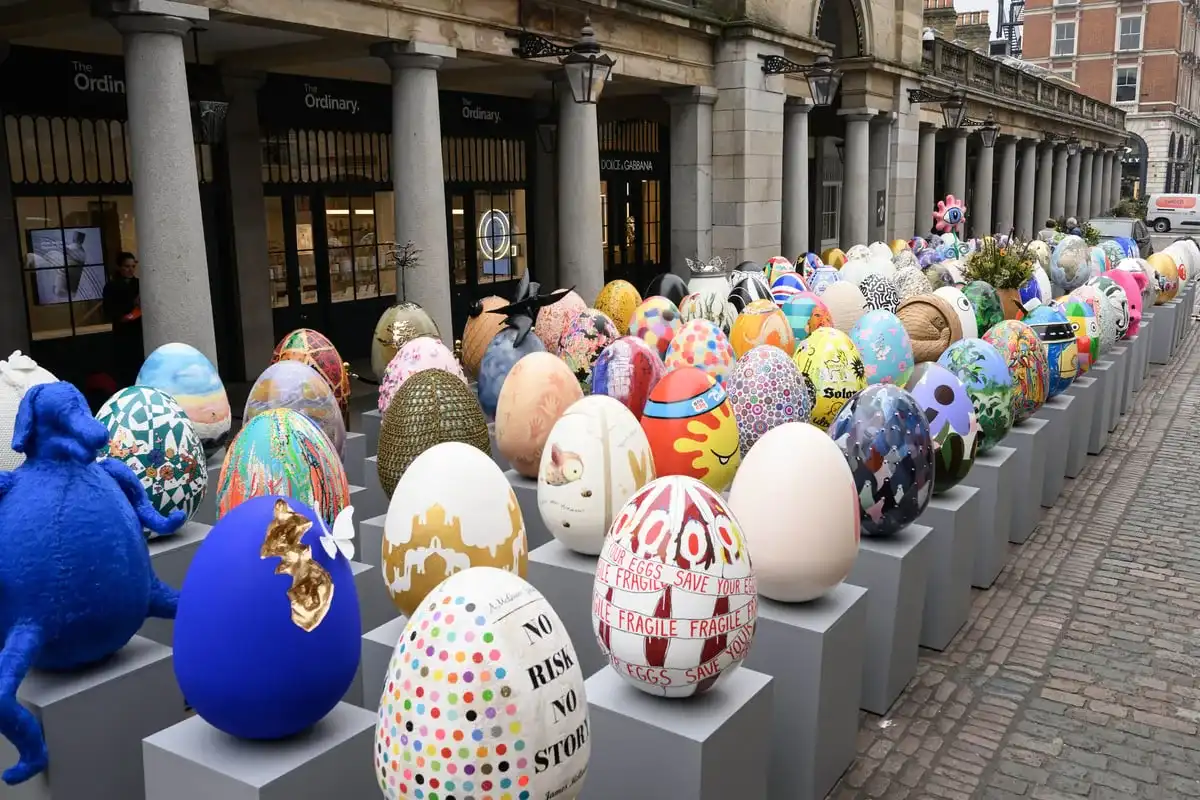Art historians and conservation experts may have come closer than ever to identifying a lost portrait of Lady Jane Grey — England’s ill-fated “nine days queen.” A painting currently on display at Wrest Park in Bedfordshire is believed by some to be the only known image of Jane painted during her short life, rather than posthumously. If confirmed, it would mark a historic moment for Tudor scholarship and art history alike.
A Queen Lost to Time
Lady Jane Grey, the great-niece of Henry VIII, was thrust into power in 1553 in a desperate Protestant attempt to block the succession of her Catholic cousin, Mary Tudor. Jane’s reign lasted only from July 10 to July 19 — a brief nine days that ended in her imprisonment and execution at the Tower of London in 1554. She was just 17 years old.
Over the centuries, her story has been romanticised in literature and art — most famously in Paul Delaroche’s haunting 1822 painting, The Execution of Lady Jane Grey, depicting her blindfolded and vulnerable before the executioner. However, all known images of Jane were created after her death, casting her more as a Protestant martyr than a flesh-and-blood royal.
New Light on an Old Portrait
Now, English Heritage — in collaboration with the Courtauld Institute of Art and dendrochronologist Ian Tyers — has revealed compelling findings that suggest a portrait long thought to be of Lady Jane Grey might indeed depict her in life. The painting, which had been dismissed by previous generations of scholars, has been re-examined using modern technology and art-historical analysis.
Clues Hidden in the Paint
Several key discoveries were made:
- Infra-red reflectography revealed that the sitter’s attire had been altered after the original painting was finished. The sleeves and coif — the linen cap worn over the hair — appear to have been simplified, suggesting the original image may have been more elaborate and regal.
- Deliberate defacement was found, with visible scratches on the sitter’s eyes, mouth, and ears — signs of an iconoclastic attack, likely driven by religious or political motives.
- Dendrochronology dated the Baltic oak panel to sometime between 1539 and 1571, aligning it with Jane’s lifetime.
- A matching merchant mark on the back of the panel also appears on a royal portrait of Edward VI — Jane’s cousin and the monarch who named her as his successor.
“While we can’t confirm this is definitely Lady Jane Grey,” said Rachel Turnbull, senior collections conservator at English Heritage, “our results certainly make a compelling argument.” She added that the painting may have originally been a more overt royal image that was later muted into a more pious, Protestant depiction following Jane’s execution.
Echoes of Jane
The portrait has stirred excitement among scholars and historians alike. Novelist and historian Philippa Gregory, who viewed the painting in English Heritage’s conservation studio, noted the resemblance to Jane’s portrait in the National Portrait Gallery and called it “a powerful challenge to the traditional representation of her as a blindfolded victim.”
A Return to Wrest Park
The painting was purchased in 1701 by a former owner of Wrest Park and for more than 300 years it stood as the defining image of Lady Jane Grey — until doubts over its attribution emerged. Now on loan from a private collection, it is displayed alongside six other artworks with ties to the estate and its historical owners.
“It is thrilling to have this painting back at Wrest,” said curator Peter Moore. “The new research provides tantalising evidence which brings us much closer to the assertion that this could be Lady Jane Grey.”
Legacy of a Forgotten Monarch
Lady Jane Grey’s story remains one of the most tragic and politically charged tales of Tudor England — a highly educated, devout young woman used as a pawn in power struggles beyond her control. If this portrait is indeed of Jane, it may restore her face to history not as a passive symbol, but as a composed and conscious figure — painted in life, not mythologised in death.
The investigation continues, but for now, the portrait invites a new perspective on an old mystery — and perhaps, the return of Jane Grey’s true image to the world.






